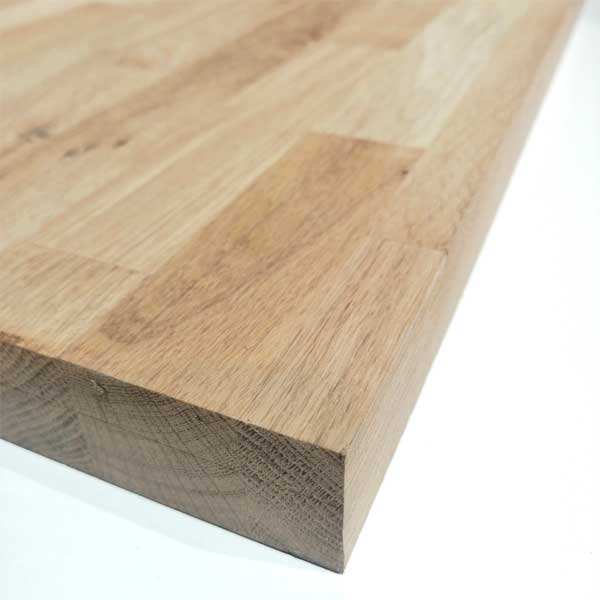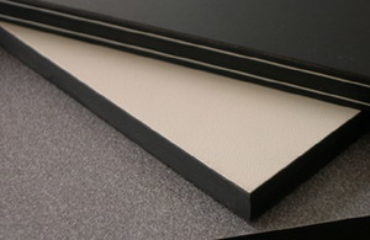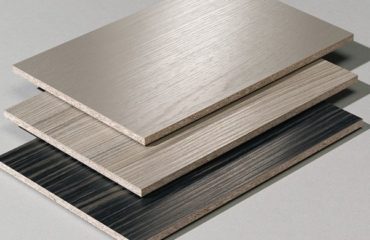Solid Stripboard
Board created from a series of rectangular strips of solid wood glued together, usually sold sanded and polished. They are used for furniture making, formwork or structural uses.
Solid blockboard can be milled, carved and glued. It can also be stained, varnished, waxed, painted and lacquered. It performs reasonably well outdoors, provided it receives an appropriate protective treatment.
As for the characteristics of this type of board, they will be provided by the wood used for the manufacture: aesthetics, durability or resistance. For example if we are going to manufacture a kitchen countertop we will be interested in a dense and resistant wood to blows, for an outdoor furniture a wood with durability against the humidity and the attack of insects.
What to take into account when choosing blockboard?
– The species or species that form the board. The most used species in Spain are; coniferous species such as Scots pine, Galician pine and radiata pine and hardwood species such as chestnut, etiome, jatoba, elondo and beech. The choice of species will influence appearance, durability and density.
– Whether the board is multilayer or monolayer.
-For indoor installation of blockboard, a wood moisture content of about 8% and the use of indoor adhesives composed of urea formaldehyde or urea melamine formafehyde are recommended. Outdoors, a wood humidity of around 12% and the use of phenol formaldehyde adhesives is recommended. The classification according to its exposure is dry environment, humid environment and exterior environment and according to which type it corresponds it must comply with UNE quality standards.
-Different treatments can be applied to the wood to increase its performance characteristics against humidity, fire and biological agents.
-If the use is structural, consult the manufacturer’s data and the specifications required in the PNE-prEN 13353 standard, “Solid wood panels (SWP). Requirements”.



 Español
Español  Deutsch
Deutsch 



